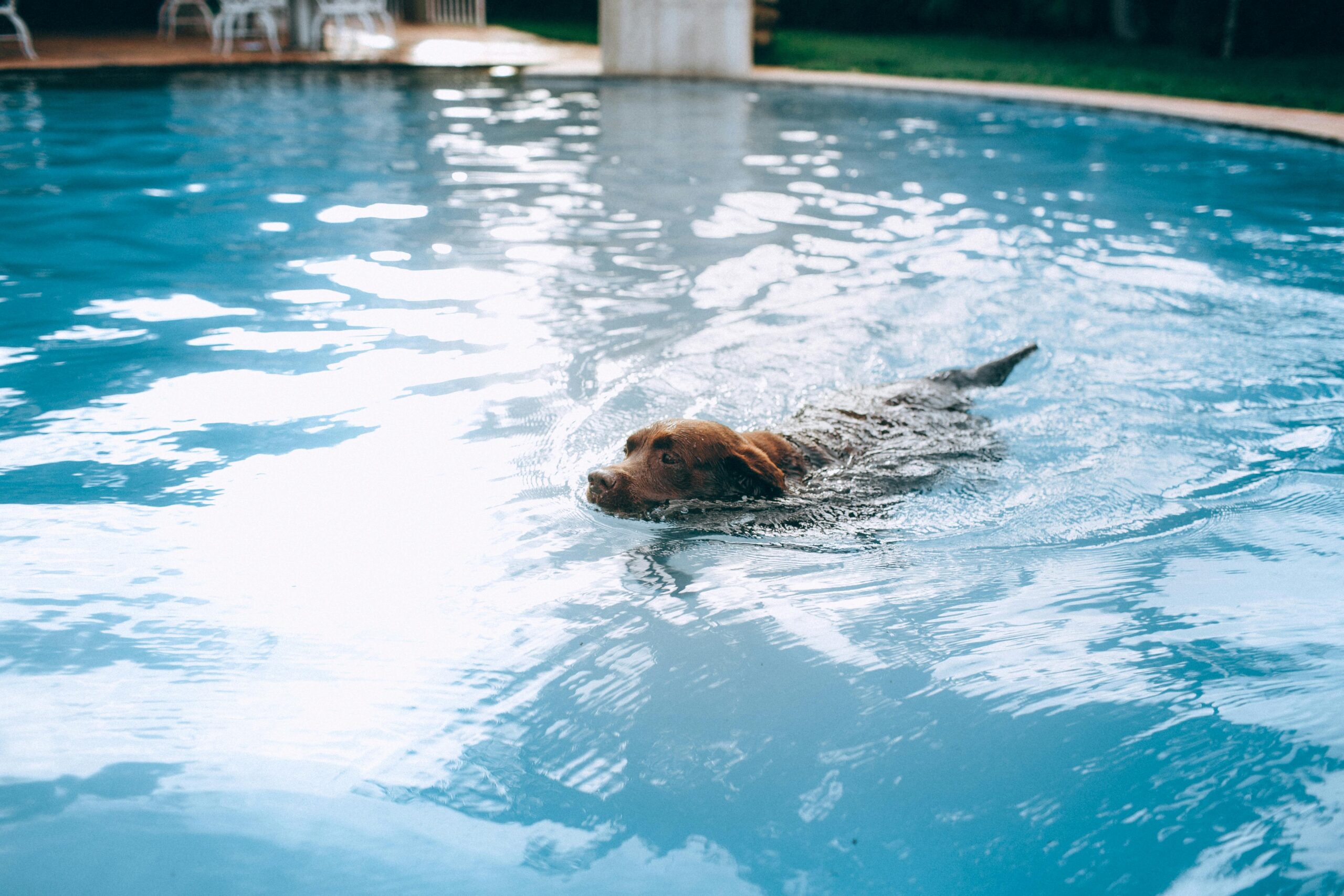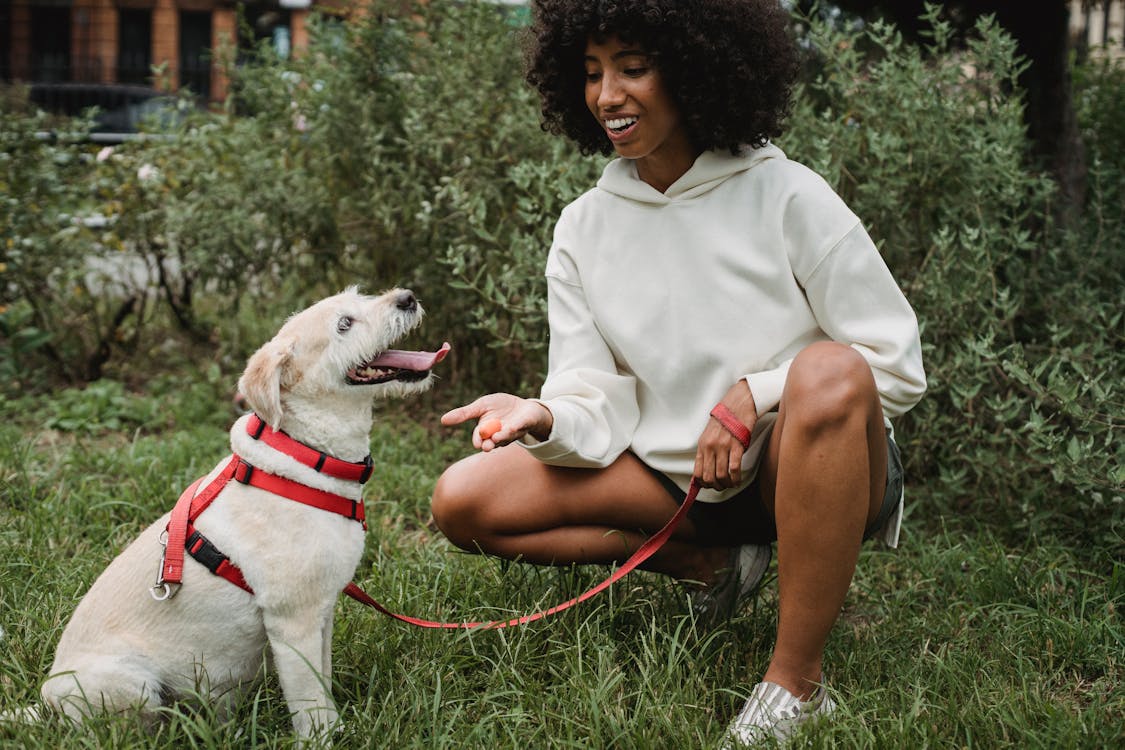How to Safely Start Running With Your Dog

Introduction
Running with your dog can be a rewarding experience for both of you. It’s a great way to bond, keep both of you fit, and enjoy the outdoors. However, before you lace up your shoes and hit the trails, it’s important to take the necessary steps to ensure both you and your dog are prepared for this new activity. This guide will provide you with all the information you need to safely start running with your dog.
1. Understanding Your Dog’s Fitness Level
Before you begin running with your dog, it’s crucial to assess their current fitness level. Just like humans, dogs have varying levels of fitness depending on their age, breed, and general health.
- Veterinary Check-Up: Schedule a vet visit to ensure your dog is in good health and free from any underlying conditions that could make running unsafe.
- Age Considerations: Puppies (under 18 months) and senior dogs may not be suitable for running. Puppies are still growing, and high-impact activities can damage their developing joints, while older dogs might suffer from joint issues or arthritis.
2. Choosing the Right Gear
Running with your dog requires some essential gear to ensure comfort and safety for both of you.
- Proper Leash and Harness: Opt for a hands-free leash that attaches around your waist. This provides you with better control and balance. Choose a harness instead of a collar to prevent neck strain, particularly for dogs that might pull.
- Dog-Safe Shoes: In certain terrains or temperatures, consider protective dog booties to prevent paw injuries.
- Water and Hydration: Always carry water for both you and your dog. Dogs can overheat quickly, so regular hydration is key.
3. Start Slow and Build Endurance
Just like any new exercise regime, it’s important to start slow and gradually build up your dog’s endurance.
- Short, Easy Runs: Begin with short distances on flat terrain. Start with a brisk walk, then gradually introduce short jogging intervals.
- Monitor Your Dog’s Response: Watch for signs of fatigue, such as excessive panting, lagging behind, or slowing down. If your dog seems tired, stop immediately and offer water.
- Gradually Increase Distance: As your dog becomes more comfortable, slowly increase the distance and duration of your runs. Add no more than 10% distance per week to avoid overexertion.
4. Pay Attention to Weather and Terrain
Weather and terrain play significant roles in the safety and enjoyment of your runs.
- Temperature Considerations: Avoid running in extreme heat, as dogs can quickly overheat. Opt for early morning or evening runs when it’s cooler. Remember, if the pavement is too hot for your hand, it’s too hot for your dog’s paws.
- Terrain Choices: Soft surfaces like grass or dirt trails are preferable to asphalt or concrete, which can be tough on your dog’s joints and paws.
- Winter Running: If running in the cold, be mindful of ice, salt, and snow. Consider protective booties and shorten your runs if your dog is not accustomed to cold weather.
5. Understanding Your Dog’s Limits
Every dog is different, and it’s essential to understand and respect your dog’s physical limits.
- Know the Signs of Overexertion: Watch for limping, excessive panting, or reluctance to run. These are signs your dog may be overexerted or in pain.
- Breed Considerations: Some breeds are naturally better suited for running than others. For example, Greyhounds and Border Collies are built for speed and endurance, while Bulldogs and Dachshunds might struggle with longer distances.
- Rest Days: Just like humans, dogs need rest days to recover. Ensure your dog has ample time to rest between runs, especially after longer sessions.
6. Training for Running
Training your dog to run alongside you takes patience and consistency.
- Basic Obedience Commands: Your dog should be well-versed in basic commands like “heel,” “sit,” and “stay” before starting to run. This ensures better control and safety during runs.
- Leash Training: Practice running with the leash in a controlled environment before hitting busy trails or roads. Teach your dog to run at your side without pulling.
- Positive Reinforcement: Use treats and praise to reinforce good behavior during runs. Gradually reduce treats as your dog becomes more accustomed to the routine.
7. Safety Tips for Running With Your Dog
Safety should always be your top priority when running with your dog.
- Be Visible: If running early in the morning or late in the evening, wear reflective gear and use a reflective leash or harness to ensure both you and your dog are visible to others.
- Avoid Crowded Areas: Choose less crowded paths to avoid distractions and potential accidents with other dogs or people.
- First Aid Knowledge: Carry a small first aid kit and know how to treat common injuries like cuts or heat exhaustion. Familiarize yourself with basic canine first aid.
8. Post-Run Care
After your run, take some time to cool down and care for your dog.
- Cool Down Period: Allow your dog to walk slowly for a few minutes to cool down. This helps prevent stiffness and allows their heart rate to return to normal.
- Check for Injuries: Inspect your dog’s paws for any cuts, blisters, or foreign objects. Also, check for any signs of muscle strain or joint pain.
- Hydration and Nutrition: Ensure your dog drinks plenty of water after the run. If your dog is eating after the run, allow some time to cool down before feeding to avoid digestive issues.
9. When to Consult a Veterinarian
While running can be a great exercise, there are times when you should consult a veterinarian.
- Persistent Limping or Pain: If your dog shows signs of pain or limping that persists after rest, consult your vet.
- Behavioral Changes: If your dog becomes reluctant to run or shows signs of distress, it’s essential to check for underlying health issues.
- Weight Management: Running can aid in weight management, but if your dog is overweight, consult a vet before starting any exercise program.
Conclusion
Running with your dog can be a fulfilling experience that strengthens your bond and keeps both of you fit. However, it’s crucial to take the time to prepare properly and prioritize your dog’s safety and well-being. By following these guidelines, you can ensure a safe and enjoyable running experience for you and your furry companion.




